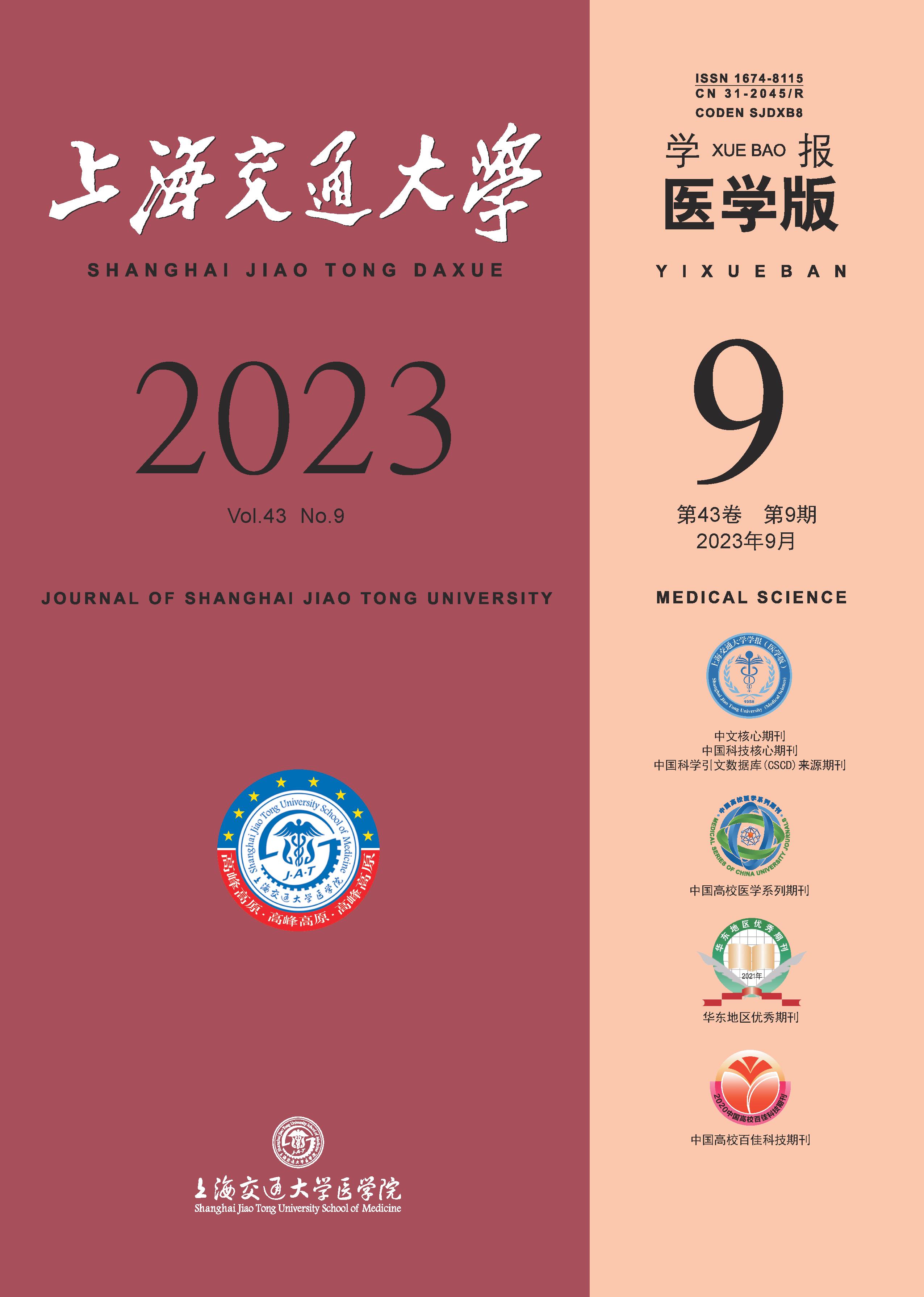Objective ·To investigate the effect of hypoxia inducible factor-1α (HIF-1α) inhibitor YC-1 on the progression of diabetic nephropathy (DN) in mice and the potential mechanism. Methods ·Ten-week-old male db/db mice (DN model) and their nondiabetic wild-type (WT) littermates were divided into 4 groups (n=6) according to whether treated with YC-1 or not: WT group, WT+YC-1 group, DB group, and DB+YC-1 group. The treatment groups were intraperitoneally injected with YC-1 (20 mg·kg-1) once a day, while the non-treatment groups received the same volumes of DMSO injection. After a total of 8 weeks of intervention, blood glucose, body weight, and kidney weight of all mice were measured. Serum, urine and kidney tissue samples were harvested. Serum creatinine, urinary albumin-to-creatinine ratio (UACR), and urine neutropil gelatinase-associated lipocalin (NGAL) levels were detected. The kidneys were stained with ?hemat?oxyli?n-eosin (H-E) and periodic acid-Schiff (PAS) to observe the pathological changes. Masson staining was used to detect fibrosis, collagen-Ⅰ was detected by immunohistochemistry, and α-smooth muscle actin (α-SMA) was detected by Western blotting. The expression of HIF-1α was detected by both Western blotting and immunohistochemistry. TUNEL staining and Western blotting for apoptosis-related proteins were used to observe the cell apoptosis level. Superoxide dismutase (SOD) activity and malondialdehyde (MDA) level were detected by the kits. Endoplasmic reticulum stress (ERS) markers, including immunoglobulin heavy chain binding protein (BiP, also known as GRP78), phospho-protein kinase R-like endoplasmic reticulum kinase (p-PERK), total PERK, phospho-eukaryotic initiation factor 2α (p-eIF2α), total eIF2α, activating transcription factor 4 (ATF4), and C/EBP homologous protein (CHOP), were determined by Western blotting. Results ·Compared with the WT group, the DB group showed significant rise of blood glucose, loss of renal function, severe kidney histopathology injuries and kidney fibrosis, increase of renal HIF-1α expression, and aggravated oxidative stress and ERS. Whilst there were no significant changes in blood glucose, YC-1 treatment notably reduced kidney weight/body weight ratio, serum creatinine, UACR, and urine NGAL levels in db/db mice. YC-1 treatment ameliorated kidney histopathology injuries and kidney fibrosis, and decreased the expressions of collagen-Ⅰ and α-SMA. YC-1 treatment also reduced the number of TUNEL positive cells, the expression of HIF-1α and pro-apoptotic proteins including BAX and cleaved caspase-3, and MDA level in the kidneys of db/db mice, while promoting anti-apoptotic protein BCL-2 expression and SOD activity. The expressions of ERS markers GRP78, p-PERK, p-eIF2α, ATF4, and CHOP were likewise significantly decreased in DB+YC-1 group. Conclusion ·HIF-1α inhibitor YC-1 inhibits oxidative stress and abnormal activation of ERS, improving cell apoptosis and fibrosis in the kidneys of DN mice, which would attenuate the aggravation of pathological damage and loss of kidney function.

